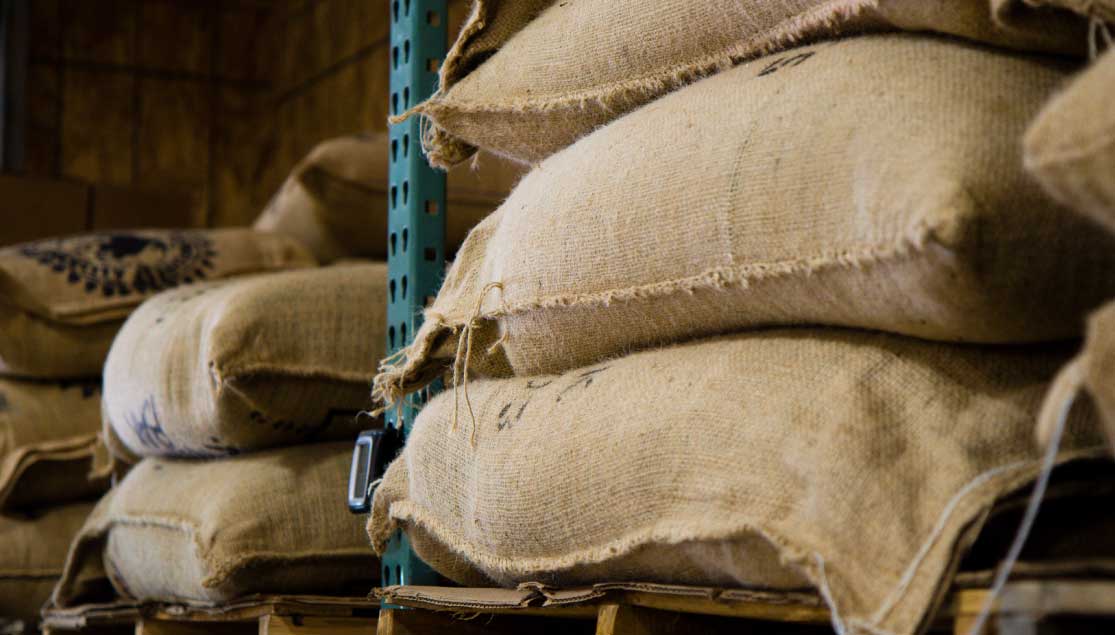Have You Ever Heard of Anaerobic Fermentation?
Anaerobic fermentation seems to be the hot ticket in the coffee world these days. You’d be hard pressed to find a world class roaster that hasn’t offered beans with this experimental processing method at one point or another. Some coffee roasters have gone all in, with several anaerobic offerings at any given time, while others are slowly hedging their bets mirroring increased consumer appetite. At a high level, it’s exciting to see producers experimenting with innovative coffee processing methods but more importantly, it’s amazing to see these coffees embraced by the broader coffee community.
Whether you’ve heard about coffee fermentation before or not, it’s good to understand this scientific process and why many are falling in love with the beauty of anaerobic fermentation.
What is Coffee Fermentation?

It’s important to note that all coffees undergo some level of fermentation during production. Quite simply, fermentation is the process that takes place when bacteria, yeast and microorganisms break down sugar and other compounds into various substances. This inherently complex process creates undeniably distinct flavors, some can be delicious while others outright terrible.
Type of Coffee Fermentation
There are two basic ways to ferment coffee, aerobic and anaerobic. While coffee can undergo both methods during processing, let’s look at what those two involve and what makes them different.
- Aerobic Fermentation – this is the standard fermentation process that will occur when coffee cherries are placed in a tank with water. Quickly, microorganisms will go to work, breaking down the mucilage and outside coffee cherry skin. Since this is such an intense process, it needs to be monitored very closely for time, temperature, PH and sugar content among other factors. Get it right and you can be in for a delicious treat, but even rather minor missteps can spoil the entire lot. The biggest hurdle with aerobic processing is the lack of consistency since it is very difficult to predict how each coffee will react during this process with uncontrolled variables.
- Anaerobic Fermentation – This has become incredibly popular among some of the most respected producers across the globe. Unlike aerobic fermentation, the coffee here is placed in an airtight steel tank to ferment. Since the process is slowed down by the lack of oxygen, everything can be monitored much easier than its counterpart. Anaerobic fermentation is a true artform, allowing producers to make calculated changes during the process and learn how each variable impacts the resulting coffee.
Why Would a Producer Choose to Ferment Their Coffee?
The goal of coffee fermentation is to enhance the overall flavor of your coffee. It’s a risk, a big risk, to take great coffee and experiment with heavy fermentation in hopes of making it even greater. For the most experienced producers, fermentation can be controlled to deliver flavor profiles based on their customers preferences. For example, fermentation can enhance the acidity of a coffee or even produce dramatic fruit-forward notes.
At the end of the day, the success of the fermentation process will translate to the price a coffee will bring at market. Some producers are willing to take big risks with the hope of top dollar and praise while others play it safe with tried and true processing methods.
As more and more producers are experimenting with coffee fermentation to raise cupping scores and further differentiate their coffees, there is still a lot to be learned. Fermentation is a scientific process, and just like science, I’m excited to see the results of all the experiments happening around the globe. What’s next in the world of coffee processing? As far as I’m concerned, it’s anyone’s guess.





